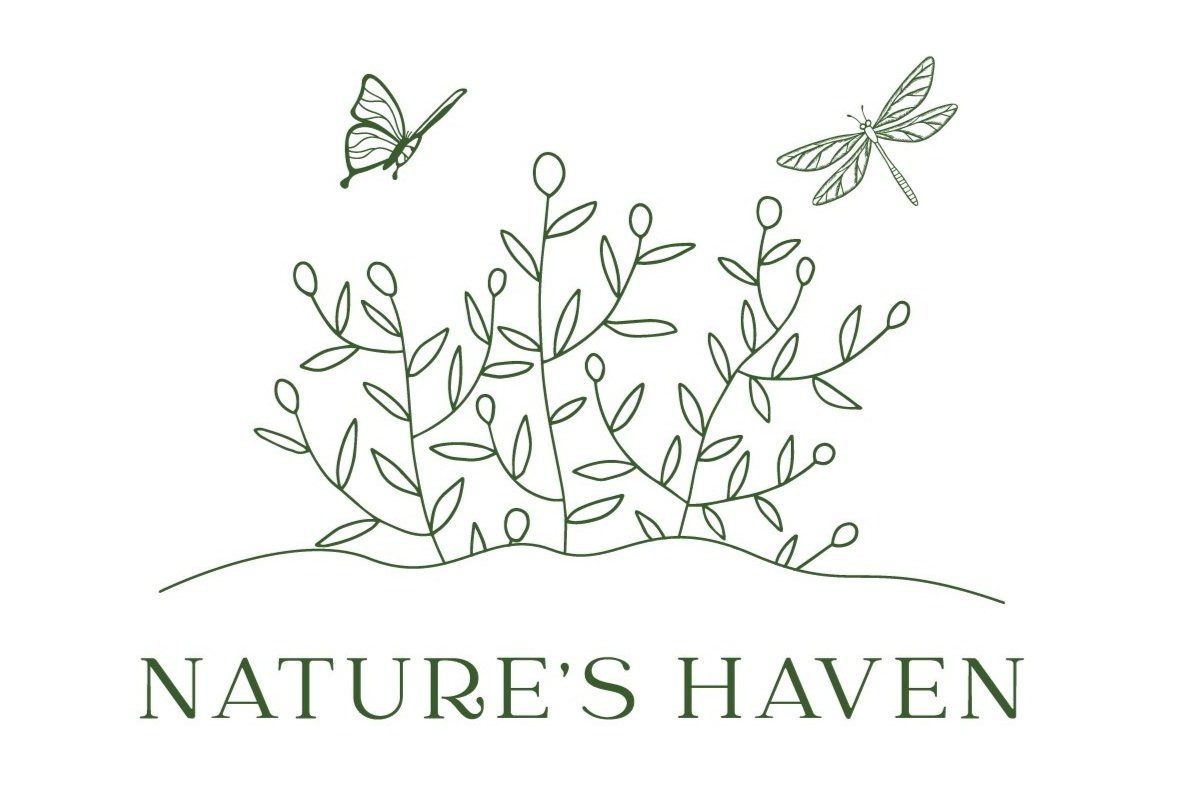Go Native, Go Naked
I’ve been gardening for pollinators since I brought my first honeybee hive home about 10 years ago. I stuffed my yard with plant clippings that were deemed “good for bees!” But what I didn’t much think about at the time was what kind of bees those flowers were good for.
We are blessed to have more than 400 native bee species in our region. Honeybees are not one of them. Honeybees came to America in the 1600s. They came with their hunger for flowers from their homelands in Europe, and many of those plants were brought along to the new world with the colonists. Ivy and Himalayan blackberry are buffet for honeybees, but a destroyer of our native forests and riparian areas.
Borage, comfrey, catmints, Russian sage, lavender and foxglove filled my yard, along with herbs like thyme, sage, rosemary. None of these plants are native to this country. The honeybees like them just fine. But what about all those other bees and pollinators who evolved here?
Granted, I’m old, but you CAN teach an old dog new tricks: just this past year, I’ve learned about the vital importance of planting native species everywhere we can in our yards. You see, all those ornamental foreign plants we find at the big box stores simply can’t feed those native bees and other good bugs we depend on.
Why? Often these plants have earlier growing and blooming times in spring, and by the time the natives poke up their heads, the imported plants have already begun to spread, crowding the natives out. Native plants have evolved alongside our native insects, and are their most nutritious food (nectar, pollen and leaves). Many native insects simply cannot digest foreign plant matter. They weaken, their populations shrink to nothing, along with the native birds who count on these insects for food. It takes 6,000 to 9,000 caterpillars to fledge just one nest of chickadees.
Ever wonder why you don’t hear many crickets any more? Or birds? The life of these beings rests firmly in the hands of we gardeners. And in turn, our lives rest in theirs. I saw an ad the other day for a pesticide company that read, “Wouldn’t our gardens be great without insects?” Gads, no!
It may be humbling to learn that to Mother Earth, caterpillars and ants are far more important than we humans. If the insect world collapses (and it is!), Plants would vanish, and so would we. Bugs make the world go round. They are the cornerstone of our ecosystems.
Planting native plants is critical in these times, and more and more nurseries are stocking such plants. The Washington Native Plant Society (WNPS.org) has great lists of the native plants common to our region. Natives need far less watering than imported plants, and require no fertilizer. You also need no chemicals to keep them growing, and that brings me to our next topic which is…
Going Naked.
Sadly, we all—yes, ALL—carry toxic chemicals in our bodies. Kids are especially affected by yard poisons and often carry a heavier load than their parents. It is time to go bold and go naked: stop dressing your plants in insecticides, fungicides, pesticides and any other “cide.” If you are someone who treasures a lawn that looks like a golf course, you have actually created an ecological dead zone. Nothing can live or feed there. And two percent of the land in America is taken up by lawn turf.
Another major destroyer of bugs, bees, and birds is habitat loss: we simply can’t afford any more parking lots—green or otherwise.
In a world where we often feel powerless to effect good change, we gardeners are in a position to truly make a difference. No matter how small our yards there is so much we can do to welcome nature back into our lives. We can offer food, shelter, shade to creatures on the brink. Every yard matters. Every yard.
Start with these three things: Go Native, Go Naked, and shrink your lawn space. If you’d like to explore these ideas in a little more depth, I’ll be teaching multiple classes that will outline eight things you can do to bring nature home. Nature’s Haven (natureshaven.earth) and I will be hosting the class in my gardens, and I’ll show you some of the goofs we’ve made along the way, along with the new native plant garden I’m in the process of crafting right now. And you can meet my new colony of honeybees, bumble bees, and my busy native bee hotel. We’ll have native plants for sale, pollinator hotels, bee hives, and more. The class is free to the public.
Help us get the word out: We can make a difference, yard by yard! -Susan Knilans
